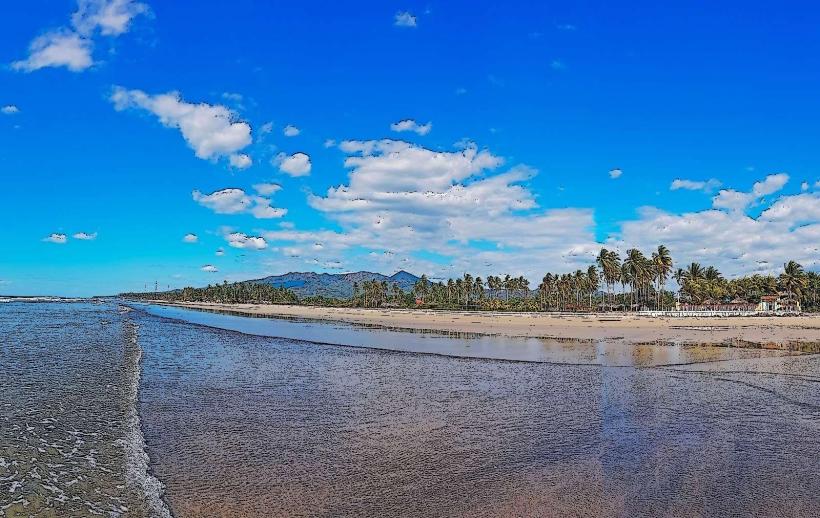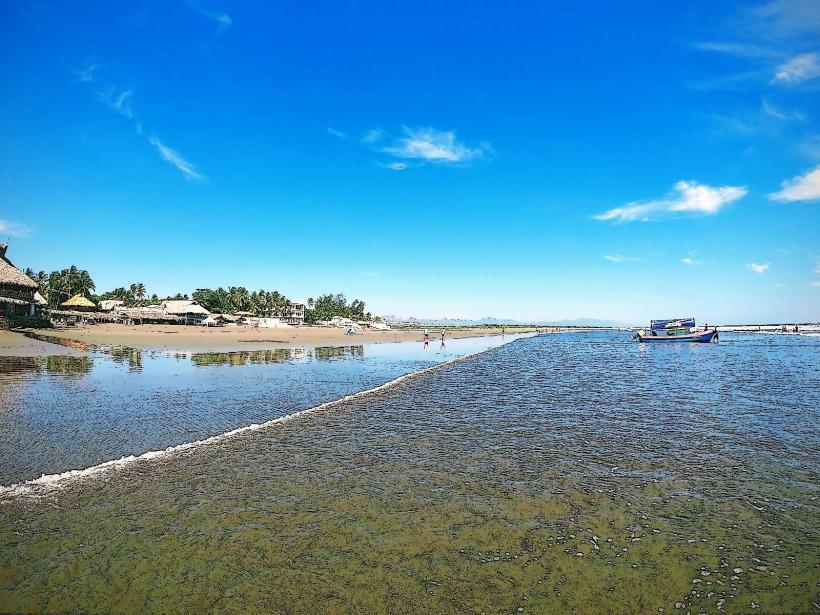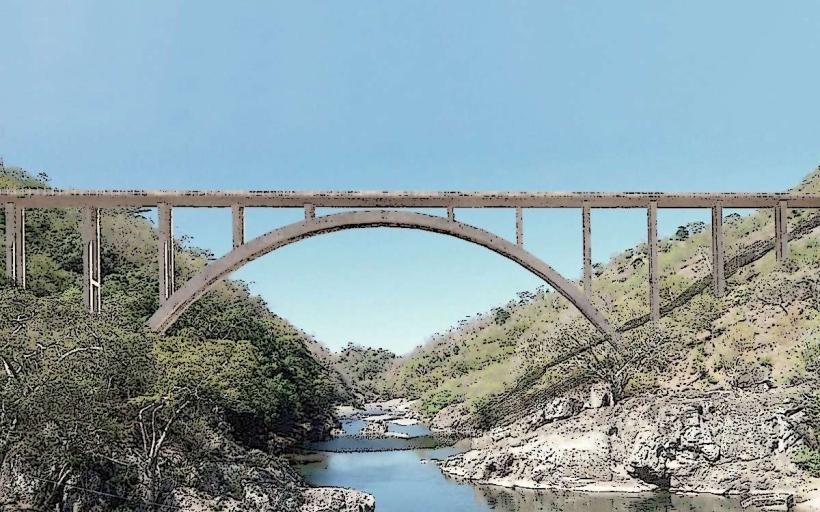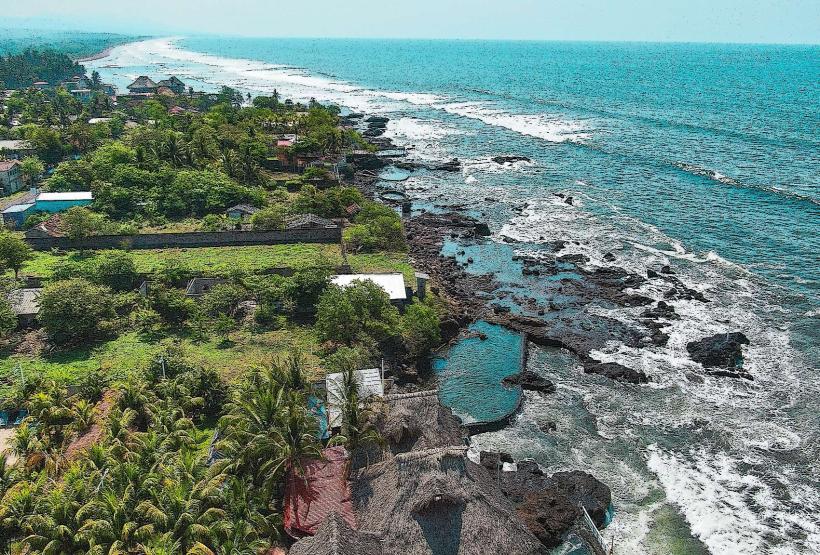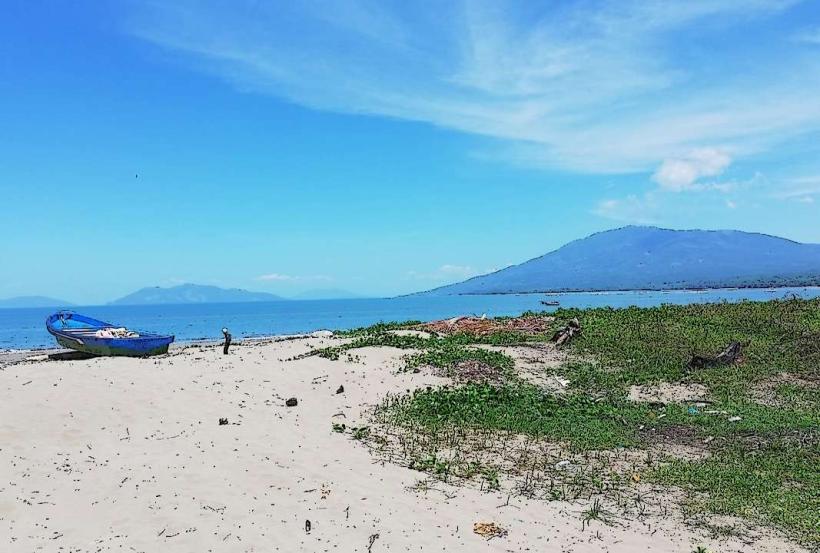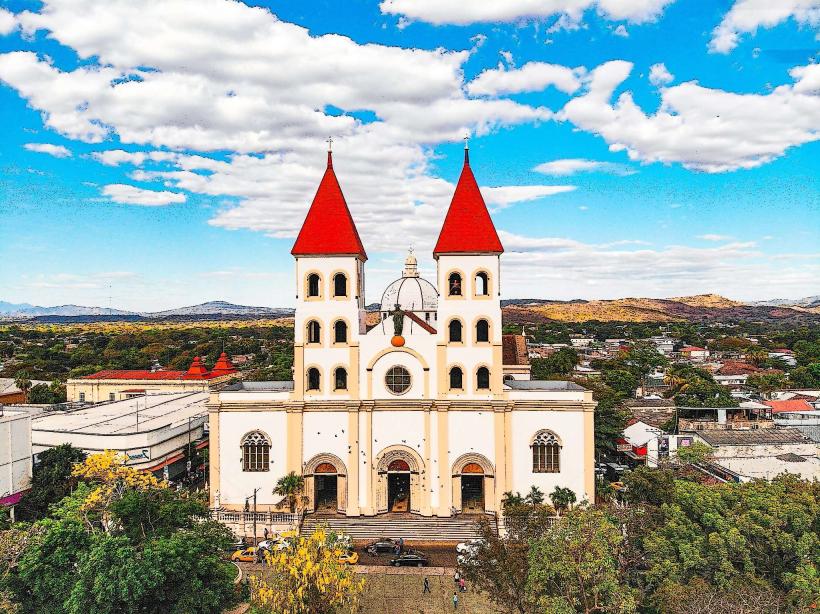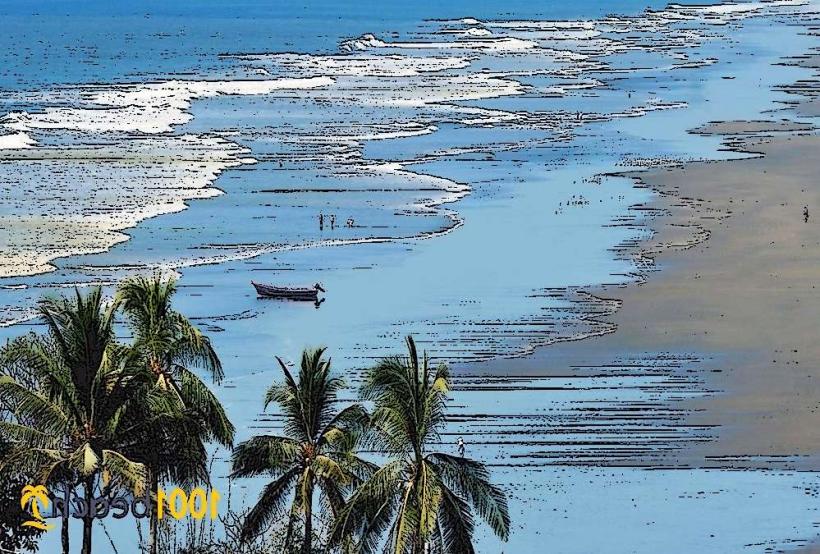Information
Landmark: Gulf of FonsecaCity: San Miguel
Country: El Salvador
Continent: North America
Gulf of Fonseca – A Unique Coastal Region in Central America
The Gulf of Fonseca is a large, semi-enclosed bay located on the Pacific coast of Central America, shared by El Salvador, Honduras, and Nicaragua. Known for its rich biodiversity, stunning landscapes, and cultural significance, the gulf is an important natural resource, tourism destination, and historical region for the three countries that border it.
Key Features of the Gulf of Fonseca
1. Geography & Location
- The Gulf of Fonseca spans across three countries: El Salvador to the west, Honduras to the north, and Nicaragua to the south.
- It is a wide, crescent-shaped bay, with an area of approximately 3,200 square kilometers. The gulf is fed by several rivers, including the Lempa River in El Salvador, and its waters are home to numerous islands and mangrove forests.
- The gulf is bordered by a series of volcanic mountains, giving the region a unique combination of coastal, mountainous, and forested landscapes.
2. Islands of the Gulf of Fonseca
- The Gulf of Fonseca is home to several islands, many of which are uninhabited or have only small fishing communities. These islands offer natural beauty and opportunities for exploration:
- Meanguera Island (El Salvador) – Known for its beautiful beaches and secluded nature, it is a popular spot for eco-tourism, fishing, and beach relaxation.
- Conchagüita Island (El Salvador) – A small, pristine island with untouched beaches and a great destination for snorkeling and fishing.
- El Tigre Island (Honduras) – An island with forests and wildlife, perfect for birdwatching and nature exploration.
- Zapotillo Island (Nicaragua) – An island known for its wildlife and mangrove ecosystems.
3. Rich Marine & Wildlife Biodiversity
- The Gulf of Fonseca is a critical ecosystem with abundant marine life, including fish, mollusks, and marine mammals such as dolphins.
- It is also home to important species like sea turtles, which nest on its beaches, and various bird species, making it a great spot for eco-tourism and birdwatching.
- The mangrove forests surrounding the gulf are vital for maintaining the health of the ecosystem and supporting the local fisheries.
4. Economic Importance
- The Gulf of Fonseca plays a key role in the economy of the surrounding countries, particularly for fishing, which is one of the main sources of income for local communities.
- The gulf is also important for trade and transportation, with ports such as La Unión (El Salvador) and Amapala (Honduras) providing access to both national and international markets.
- Tourism in the Gulf is steadily growing, with its pristine beaches, natural beauty, and eco-tourism activities attracting visitors interested in exploring the region’s wildlife and culture.
5. Cultural and Historical Significance
- The Gulf of Fonseca holds great historical and cultural significance for the people who live in the area. Historically, it has been a strategic point for trade and navigation.
- Fishing communities have lived around the Gulf for centuries, and their culture is deeply intertwined with the sea. Many of the islands have their own distinct traditions and cultural practices.
- The region has also been a source of territorial disputes among the three bordering countries, but it remains a symbol of cooperation and shared resource management.
Tourism & Attractions
The Gulf of Fonseca offers a range of activities for visitors interested in nature, adventure, and local culture:
- Island Hopping: Explore the beautiful islands in the Gulf, such as Meanguera, Conchagüita, and El Tigre, for beach relaxation, snorkeling, and fishing.
- Eco-Tourism: The mangrove forests and wildlife provide ample opportunities for birdwatching, kayaking, and eco-tours.
- Fishing: The region is a fishing paradise, with opportunities to catch snapper, tuna, and shrimp.
- Cultural Experiences: Visit the local villages and enjoy the hospitality of the people, with traditional meals, crafts, and local customs.
- Hiking and Volcano Tours: The surrounding mountains and volcanic landscapes offer scenic hiking trails and panoramic views.
How to Visit
- Location:
- The Gulf of Fonseca is located about 2 to 3 hours from the capital cities of San Salvador, Tegucigalpa, and Managua, making it easily accessible by car or bus from each country’s capital.
- The El Salvador side of the Gulf, especially La Unión, has port access for boats and ferries to nearby islands.
- Best Time to Visit:
- The best time to visit the Gulf of Fonseca is during the dry season (November to April) when the weather is sunny and warm, ideal for outdoor activities.
- The rainy season (May to October) can bring occasional storms, but this time also offers a lush and green landscape.
Conclusion
The Gulf of Fonseca is a diverse and captivating coastal region rich in natural beauty, marine life, and cultural heritage. Whether you’re interested in exploring its pristine islands, engaging in eco-tourism, or experiencing local culture, the Gulf offers a unique destination in Central America. With its combination of secluded beaches, wildlife, and local traditions, the Gulf of Fonseca is a must-visit destination for travelers looking for adventure, relaxation, and a deeper connection to nature.

